10 Ford Mustang: Best Timeless Icon of American Muscle and Innovation
The Ford Mustang is more than just a car; it’s a symbol of American automotive culture and performance. Since its debut in 1964, the Mustang has evolved from a groundbreaking concept into a global icon, maintaining its status through decades of innovation and cultural significance. This article delves into the history, development, and impact of the Ford Mustang, exploring its journey from a revolutionary pony car to a modern-day classic Ford Mustang.
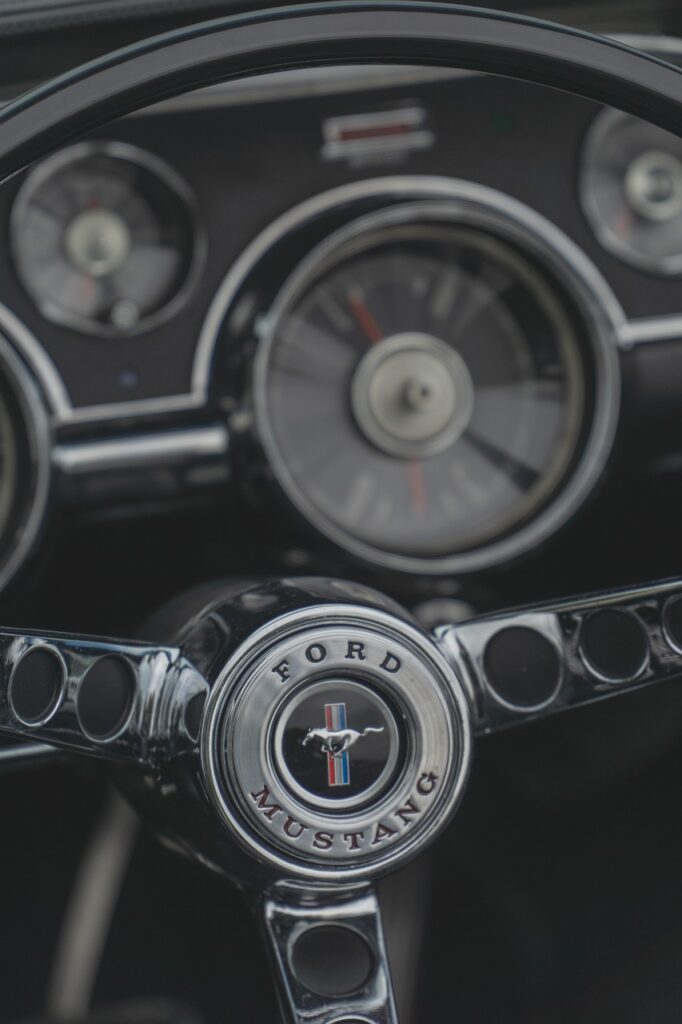
I. The Birth of an Icon: The Early Years
1. The Genesis of the Mustang
The Ford Mustang was introduced on April 17, 1964, during the New York World’s Fair. It was conceived by Ford’s then-product planner, Donald Frey, and his team, including designer John Najjar and engineer Hal Sperlich. The Mustang was a bold attempt to create a new class of car—something that combined the performance of a sports car with the practicality of a sedan.
The vehicle’s name was inspired by the P-51 Ford Mustang fighter plane from World War II, reflecting the car’s sporty and dynamic spirit. The original Mustang was built on the Ford Falcon’s compact platform, allowing it to be both affordable and agile. This combination of attributes quickly captured the imagination of the American public.
2. The Original Pony Car
The 1964 Ford Mustang was equipped with a range of engines, including a 170-cubic-inch six-cylinder and a 260-cubic-inch V8. The base model was priced at just over $2,300, making it accessible to a broad audience. Its design was characterized by long hood, short deck, and a distinctive galloping pony emblem on the grille. This new design ethos created a sense of freedom and youthful exuberance, which resonated deeply with consumers.
The Ford Mustang quickly became a hit, selling over 400,000 units in its first year, far surpassing Ford’s expectations. The car’s success led to the emergence of the “pony car” segment, characterized by affordable, stylish, and performance-oriented vehicles.
II. The Evolution of the Mustang: From Classic to Modern
1. The First Generation (1964-1973)
The first generation of the Mustang is often celebrated for its innovative design and performance. Over the years, the Mustang received various updates, including more powerful engines and enhanced features. Notable models from this era include the 1965 Shelby GT350, designed by Carroll Shelby, which introduced higher performance and racing pedigree to the Mustang lineup.
The 1969 Ford Mustang introduced a more aggressive design, with a longer and wider body. The addition of the Mach 1 model in 1969 further cemented the Mustang’s reputation as a performance car, featuring a powerful 351-cubic-inch V8 engine and aggressive styling.
2. The Second Generation (1974-1978)
The 1974 model year marked a significant shift for the Ford Mustang. In response to changing market conditions and rising fuel prices, Ford redesigned the Ford Mustang to be smaller and more fuel-efficient. This new model, known as the Mustang II, was based on the Ford Mustang Pinto platform and featured a more compact design. While the Ford Mustang II did not capture the same level of performance and excitement as its predecessor, it was successful in maintaining the Mustang’s market presence during a challenging period.
3. The Third Generation (1979-1993)
The third generation Mustang, introduced in 1979, marked a return to performance-oriented design. Built on the Fox platform, this generation was larger and more refined, with improved handling and technology. The introduction of the Turbo 4-cylinder engine and the GT model with the 5.0-liter V8 engine in the 1980s revitalized the Mustang’s performance credentials.
The 1993 Mustang Cobra, equipped with a 5.0-liter V8 engine producing 305 horsepower, is often considered one of the standout models of this generation. It combined performance with a more refined design, setting the stage for future Mustangs.
4. The Fourth Generation (1994-2004)
The fourth generation Mustang saw a complete redesign, introducing a more modern and aerodynamic appearance. The 1994 model year marked the return of the Mustang’s classic styling cues, with a contemporary twist. This generation featured a variety of engines, including a 3.8-liter V6 and a 4.6-liter V8, which provided a balance of performance and efficiency.
The introduction of the SVT Cobra in 1999, with its 320-horsepower engine and upgraded suspension, was a highlight of this era. The fourth generation Mustang continued to evolve, leading to the introduction of the Mach 1 model in 2003, which paid homage to the classic Mach 1s of the past while incorporating modern performance enhancements.
5. The Fifth Generation (2005-2014)
The fifth generation Mustang marked a significant shift, with a return to the retro styling that echoed the original 1960s models. The 2005 redesign featured a more aggressive front grille, wider stance, and a redesigned interior that paid homage to the Mustang’s heritage. The return of the V8 engine in the GT model and the introduction of the Shelby GT500 with its supercharged 5.4-liter V8 engine brought renewed performance excitement to the Mustang lineup.
The 2010 model year introduced additional updates, including a more refined interior, improved suspension, and enhanced technology. The fifth generation Mustang was well-received for its blend of classic styling and modern performance, maintaining the car’s status as a cultural icon.
6. The Sixth Generation (2015-Present)
The sixth generation Mustang, launched in 2015, represented a significant evolution in design and technology. The introduction of independent rear suspension, a more aerodynamic design, and advanced technology features marked a new era for the Mustang. This generation also saw the introduction of the EcoBoost engine, a turbocharged four-cylinder that offered a balance of performance and fuel efficiency.
The 2015 Mustang was the first to be sold globally, expanding the car’s reach beyond North America. The 2018 Mustang brought additional updates, including a new front fascia, improved technology, and enhanced performance features. The introduction of the Mustang Mach 1 in 2021 and the all-electric Mustang Mach-E expanded the Mustang brand into new segments, blending its performance legacy with modern innovation.
III. Cultural Impact and Legacy
1. The Mustang in Popular Culture
The Ford Mustang has made a significant impact on popular culture, appearing in numerous films, television shows, and music. One of the most famous Mustang appearances is in the 1968 film “Bullitt,” where Steve McQueen drove a 1968 Mustang GT390 in a legendary car chase scene. This iconic moment cemented the Mustang’s status as a symbol of coolness and performance.
The Mustang has also been featured in various music videos, commercials, and video games, further solidifying its place in popular culture. Its association with freedom, rebellion, and performance continues to resonate with enthusiasts and casual fans alike.
2. The Mustang’s Influence on the Automotive Industry
The Mustang’s introduction of the “pony car” segment influenced the automotive industry, leading to the creation of competing models from other manufacturers. Cars like the Chevrolet Camaro and Pontiac Firebird were developed in response to the Mustang’s success, contributing to a vibrant and competitive market for performance-oriented vehicles.
The Mustang’s evolution over the decades has also influenced the design and technology of other vehicles. Its ability to adapt to changing market conditions while maintaining its core identity is a testament to its enduring appeal and innovation.
3. The Future of the Mustang
The Ford Mustang continues to evolve, embracing new technologies while honoring its heritage. The introduction of the all-electric Mustang Mach-E represents a significant step forward for the brand, blending Mustang performance with cutting-edge electric vehicle technology. The Mustang Mach-E has been well-received, showcasing Ford’s commitment to innovation and sustainability.
As the automotive industry continues to shift towards electric and autonomous vehicles, the Mustang is expected to remain a key player in Ford’s lineup. The brand’s ability to balance tradition with innovation will likely ensure the Mustang’s continued relevance and appeal in the years to come.
IV. Conclusion
The Ford Mustang is more than just a car; it is a symbol of American automotive culture and innovation. From its revolutionary debut in 1964 to its ongoing evolution in the 21st century, the Mustang has consistently captured the imagination of enthusiasts and drivers around the world. Its blend of performance, style, and cultural significance has made it a timeless icon in the automotive industry.

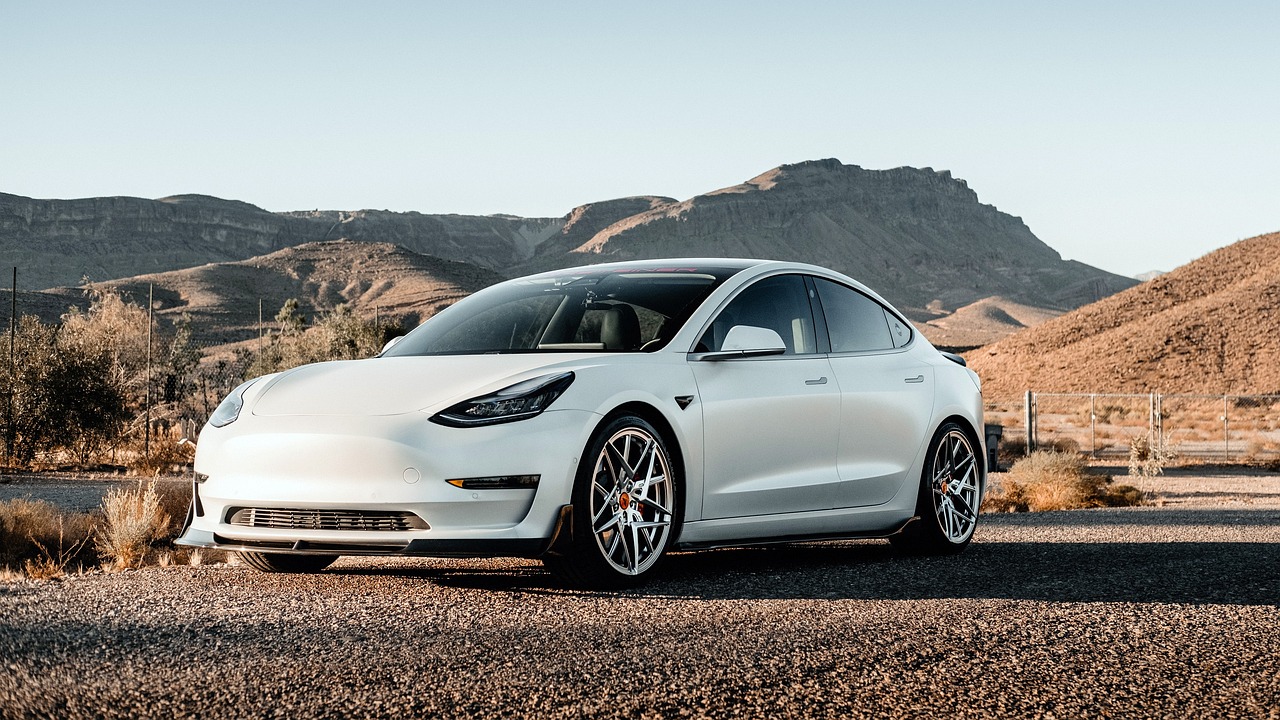

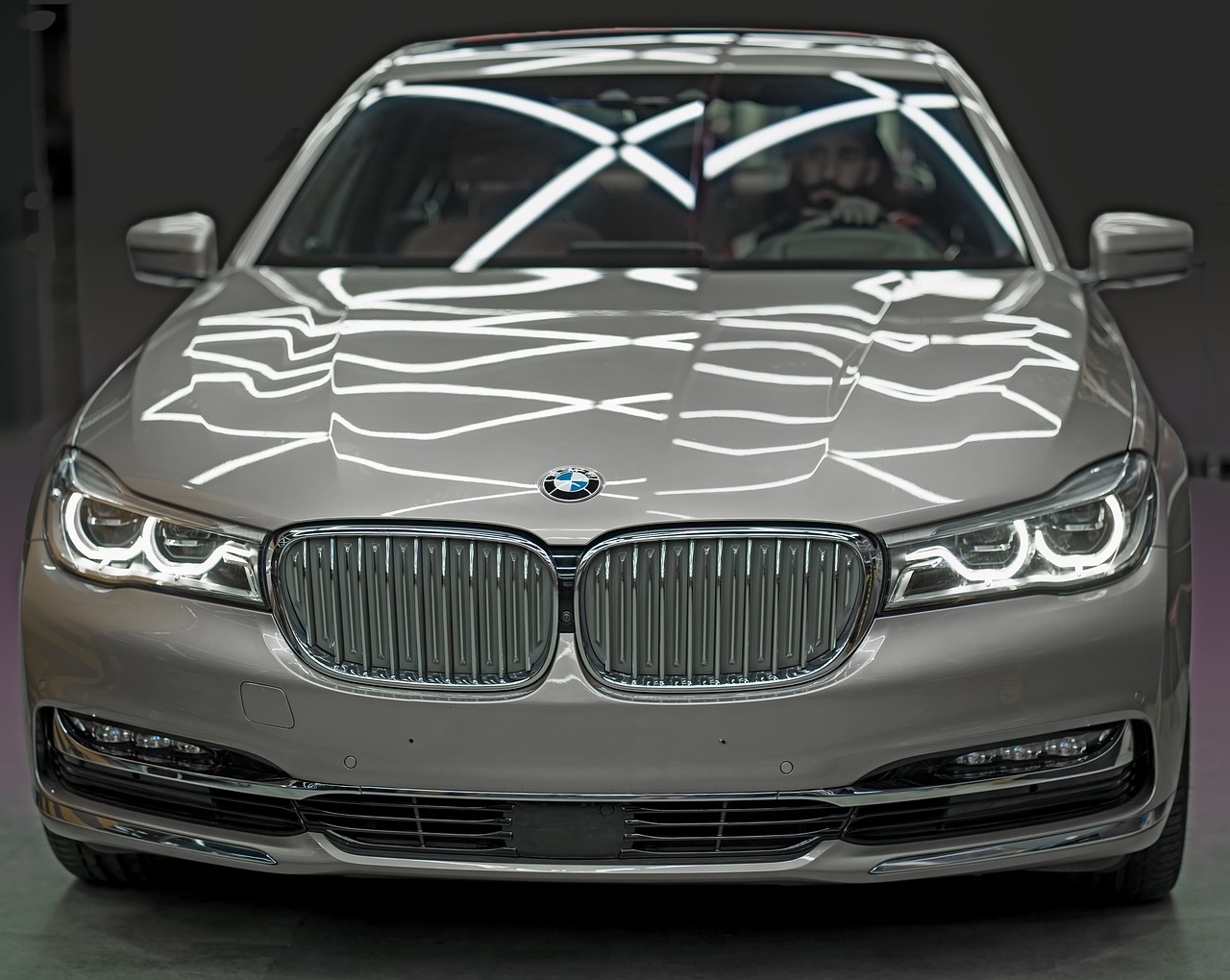
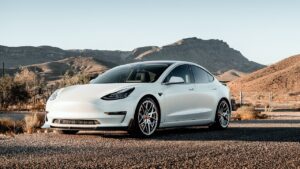

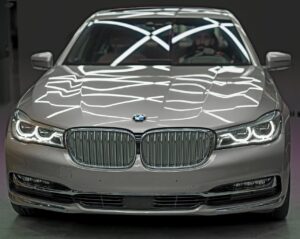







Post Comment